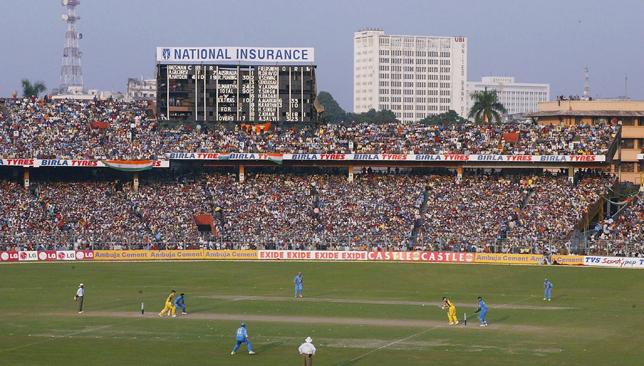
The first season of the IPL was an eye-opener. Nobody knew what to expect, how to go about their business and subsequently the franchises looked at the other successful leagues around the world for inspiration. The first job was to ensure that their home ground was a fortress.
It isn’t surprising that the most successful teams over nine years (Mumbai Indians, Chennai Super Kings and Kolkata Knight Riders) are those that win the most at home. Even in this season of the IPL, only the teams that have won over 50% of their home matches are in the fray for the playoffs. The team with the poorest home record (Rising Pune Supergiants) is guaranteed to finish at the bottom. So, how do you ensure success at home?
PICK TALENT THAT SUITS THE HOME PITCH
It’s imperative to pick the players who are best suited both for the home pitch and the team strategy. There is no point in having a battery of fast bowlers if the team is based out of Kolkata or Chennai. Similarly, it’s prudent to have power hitters for the teams from Bangalore and Mumbai because their venues boast two of the flattest tracks in the country. This season, Sunrisers Hyderabad packed their team with a plethora of fast bowlers as they were guaranteed seven home games on a pitch that assisted seam bowling. Royal Challengers Bangalore acquired the most explosive batting line-up in the tournament, for the winning-score at the Chinnaswamy stadium is always close to 200 runs. Delhi’s slow pitch encouraged Rahul Dravid and company to put together a varied bowling attack with a lot of spin-bowling options. No wonder their fortunes have changed for good after long.
1. Get it right at the auctions
— Aakash Chopra (@cricketaakash) May 15, 2016
2. Build a strong bowling unit
3. LEFT is RIGHT
Well done #SRH @SunRisers @IPL pic.twitter.com/tzUVJoCrHD
ENSURE THE HOME PITCH HAS A DEFINITE CHARACTER
While the successful teams cracked this formula, the not-so-successful teams have struggled with this for nearly a decade. For example, the pitch in Mohali is neither a batting beauty nor a bowler’s paradise. Perhaps this is the reason Kings XI Punjab haven’t zeroed in on any consistent strategy over the years. Every season they pick an almost identical squad, play with the same strategy and almost every season they finish in the lower half of the table. The road ahead for them would be to have a clear strategy for their home venues and build a team around it. There’s always the option of leaving more grass (like Rajasthan Royals used to do) or watering it less (like Knight Riders), for that would allow them to play to their strengths. Their Indian seam-bowling department is quite robust and if they get assistance from the pitch they can be more than a handful. This should be their first priority in next season’s auction. In fact, Kings XI can use convert this apparent disadvantage to a strength by preparing a raging turner for RCB and a green-top for Gujarat Lions.
CROWD SUPPORT
I’ve always believed that the crowd at the Eden Gardens is the best 12th man a team can possibly have. The same can be said about Wankhede and Chinnaswamy stadiums. The effect that the crowd can have on the slow of the match is unbelievable. Since it’s not tangible, it can’t be quantified but anyone who’s played the game can tell you that a roaring crowd of 35 thousand people has the power to cripple your decision-making. I remember Ajit Agarkar, the local Mumbai boy, getting booed in Wankhede when he played for the KKR. It’s imperative for the teams to go that extra yard to build a strong fan-base. I’m not suggesting that they aren’t doing it already but if your team is still playing in front of half-empty stadia, you need to do a bit more. Teams like RCB, KKR, MI and CSK cracked this code very early and therefore ‘ignoring the crowd and sticking to your game-plan’ is one of the things discussed amongst opposition teams visiting these venues. Barring RPS and GL, all teams in the IPL are nearly a decade-old and it’s only expected for each of them to have an army of supporters irrespective of their on-field performances.